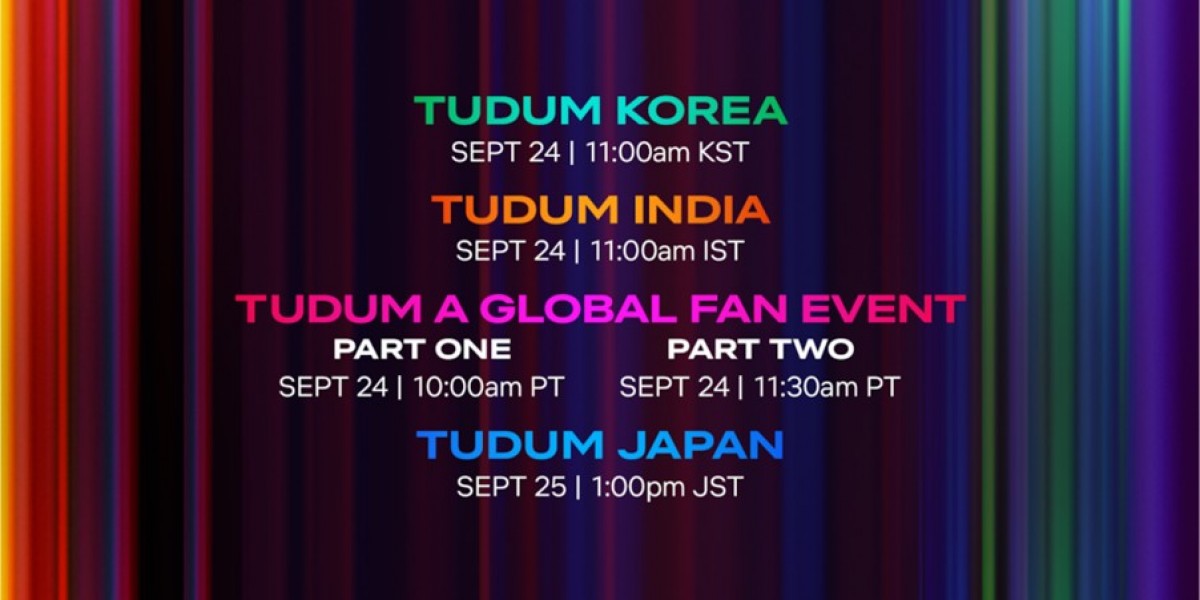The commercial printing market stands at a fascinating crossroads, a blend of traditional craftsmanship and cutting-edge digital technology. Far from being a relic of the pre-digital age, this industry is a dynamic and essential component of modern business and communication. It encompasses a vast array of services, from the high-volume production of magazines and brochures to the bespoke creation of personalized marketing materials and packaging. The market's survival and recent growth are a testament to its remarkable adaptability in the face of digital disruption.
Defining the Market
Commercial printing refers to the business of producing printed materials for clients on a contract basis. This is distinct from personal or office printing. The market is segmented by the type of printing technology and the end-use application.
Offset Printing: Still a cornerstone for large-volume jobs, offset printing offers unparalleled quality and cost-effectiveness for long runs, making it the go-to for newspapers, magazines, and bulk marketing materials.
Digital Printing: This technology has revolutionized the industry by enabling short runs, personalization, and on-demand printing. It is the dominant force behind direct mail campaigns, variable data printing, and personalized packaging.
Flexography: Primarily used for packaging, labels, and flexible substrates, this method is valued for its speed and ability to print on non-porous materials.
Screen Printing: A versatile method for printing on a wide range of materials, including textiles, plastics, and posters, often used for promotional items and specialty projects.
The market also includes a diverse range of finishing and binding services, such as cutting, folding, laminating, and embossing, which add value and professional polish to the final product.
Drivers of Market Resilience and Growth
Despite the narrative of a "paperless" world, several factors are fueling the continued relevance and growth of the commercial printing market:
The Tangible-Digital Synergy: Businesses are increasingly recognizing that print and digital media are not mutually exclusive but rather complementary. A well-designed printed brochure, for instance, can drive traffic to a website, while QR codes on packaging can link to online content. This "phygital" approach enhances engagement and brand recall.
Rise of E-commerce and Packaging: The explosion of e-commerce has created a massive demand for printed packaging, labels, and inserts. Personalized and branded packaging is a key component of the unboxing experience, turning a simple delivery into a brand touchpoint.
Targeted and Personalized Marketing: Digital printing technologies enable variable data printing, allowing businesses to create highly personalized direct mail campaigns. This targeted approach often yields higher response rates than generic digital advertising.
Short-Run and On-Demand Printing: The shift from long, costly print runs to smaller, more frequent on-demand jobs helps businesses manage inventory, reduce waste, and respond to market changes more quickly.
Growing Demand for Sustainability: Many commercial printers are adopting eco-friendly practices, using recycled paper and vegetable-based inks. This focus on sustainability appeals to environmentally conscious businesses and consumers.
Niche and Specialty Markets: The market is thriving in niche areas, such as high-end art prints, custom-printed textiles, and specialized promotional materials that cannot be replicated digitally.
Challenges and Future Outlook
The market is not without its challenges. The ongoing competition from digital advertising, the fluctuating cost of raw materials (paper and ink), and the need for significant capital investment in new technology are constant pressures. The COVID-19 pandemic also created a temporary but significant disruption.
However, the future of commercial printing is far from bleak. It is a market defined by its ability to adapt and innovate. The trend towards hyper-personalization, the continued growth of e-commerce, and the recognition of print's unique tactile and emotional appeal will ensure its enduring presence. Printers that embrace automation, integrate with digital workflows, and offer a wide range of value-added services are best positioned to thrive. The market's evolution from a simple production-based industry to a solutions-oriented partner for marketing and communication is a powerful indicator of its long-term viability. The ink, it seems, will continue to flow.
Related Reports:
Position And Proximity Sensor Market
Wireless Backhaul Equipment Market







